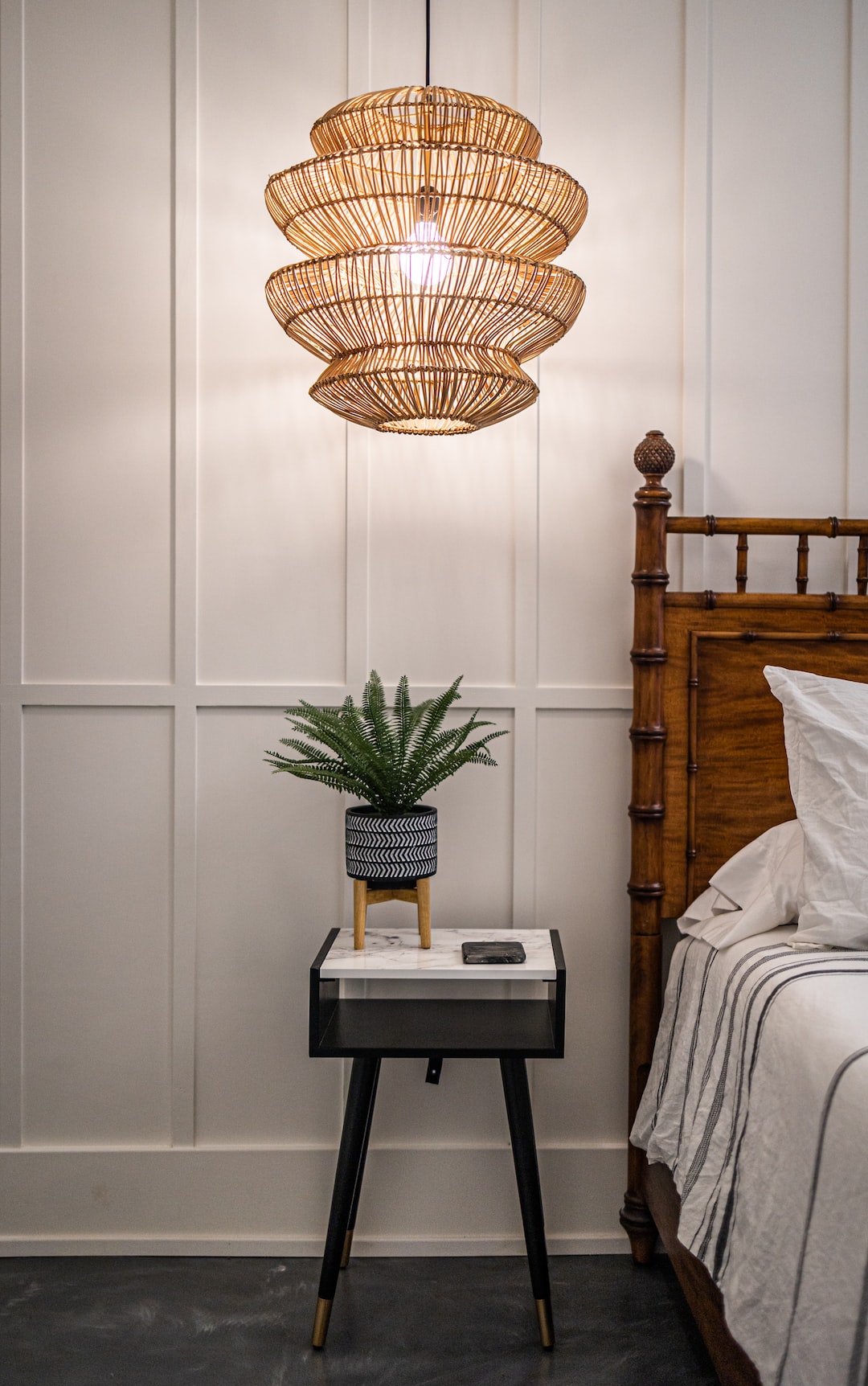Are you considering buying leather furniture but wondering if it’s worth the investment? Leather furniture has always been a popular choice for homeowners due to its classic, elegant appearance and durability. However, before making a decision, it’s essential to weigh the pros and cons to determine if it’s the right choice for you.
Let’s start with the pros of investing in leather furniture. One of the biggest advantages of leather is its durability. Genuine leather furniture is known to last much longer than other upholstery materials such as fabric. With proper care and maintenance, leather furniture can withstand the test of time, making it a great long-term investment. It is resistant to stains, spills, and punctures, making it ideal for households with children and pets.
In terms of aesthetics, leather furniture exudes luxury and sophistication. It adds a touch of elegance to any home decor, be it modern or traditional. Leather comes in various shades, from rich browns to vibrant whites, offering a wide range of options to suit different interior styles. Additionally, leather develops a unique patina over time, enhancing its beauty and character, making it even more appealing to many homeowners.
Another advantage of leather furniture is its ease of cleaning. Unlike fabric furniture, which may require frequent vacuuming and occasional steam cleaning, leather can be easily wiped clean with a damp cloth, removing most spills and stains effortlessly. This low-maintenance characteristic of leather makes it highly desirable for those seeking a hassle-free option for their furniture.
Furthermore, leather is incredibly comfortable, especially when compared to synthetic materials. It adapts to body temperature, ensuring a cozy seating experience all year round. In colder weather, leather furniture feels warm and inviting, while in hotter climates, it remains cool and breathable. Many people find leather furniture to be more comfortable than fabric alternatives due to its natural properties.
However, as with any investment, there are also some cons to consider when buying leather furniture. The first disadvantage is the higher cost. Leather furniture tends to be more expensive than fabric counterparts. While the initial investment may be higher, it is important to remember that leather furniture’s longevity may offset the additional cost in the long run. The durability of leather ensures that you won’t have to replace your furniture as frequently, saving you money in the long term.
Another downside of leather furniture is its vulnerability to scratches and fading. Although leather is resistant to most spills and stains, it can be easily scratched by sharp objects. However, these scratches can often be minimized or repaired with leather conditioners and regular maintenance. Leather furniture is also susceptible to fading when exposed to direct sunlight for prolonged periods. To prevent this, it’s important to place leather furniture away from windows or use window coverings to protect it from excessive sunlight.
Finally, leather furniture may not be suitable for every lifestyle or personal preference. Some individuals may find leather to be too cold or slick, unlike the cozy feel of fabric furniture. Additionally, people who prefer a wide variety of colors and patterns might find the limited options available in leather to be a disadvantage.
In conclusion, leather furniture offers numerous advantages, including durability, aesthetics, ease of cleaning, and comfort. It can transform your space with its timeless appeal and charm. However, it is important to acknowledge the higher cost, vulnerability to scratches and fading, and the limited range of colors and patterns available when considering leather furniture. Ultimately, the decision to invest in leather furniture depends on your personal preferences, lifestyle, and budget.
